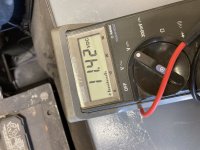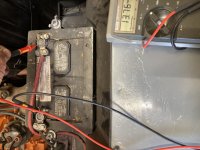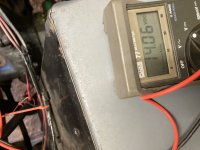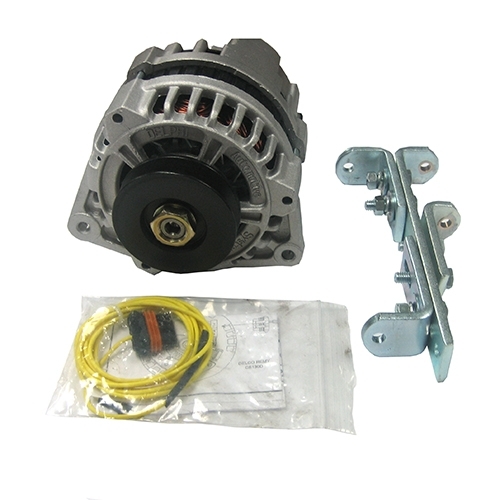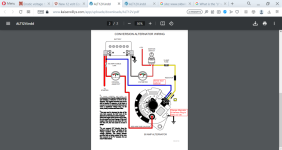We converted the electrical in our 1952 CJ 3A Jeep from 6V to 12V in 2015, and bought the 12V alternator kit, harness and other parts from Kaiser Willys. It's been running great since, but recently the voltage has become erratic, ranging from 8 volts to pegging the gauge above 20 volts. It holds at normal 14 volts for a while and then drops or increases when idling or when driving, without rhyme or reason. It runs very poorly when the gauge rises above 18 volts.
We removed the alternator and ran on a bench for 30 minutes and it works perfectly. I think the alternator has an internal voltage regulator. We can't locate a bad or broken wire. Our mechanic can't diagnose the issue and have the jeep back in the barn for now.
Any diagnosis ideas or advice is appreciated!
We removed the alternator and ran on a bench for 30 minutes and it works perfectly. I think the alternator has an internal voltage regulator. We can't locate a bad or broken wire. Our mechanic can't diagnose the issue and have the jeep back in the barn for now.
Any diagnosis ideas or advice is appreciated!
Attachments
Last edited:


